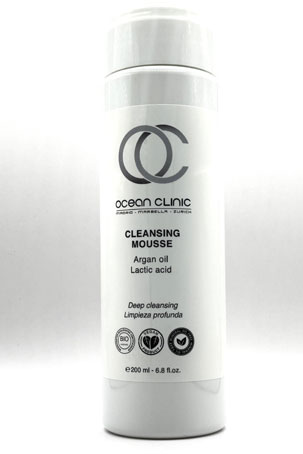Plastische Chirurgie
und
Ästhetische Medizin
Ocean Clinic Marbella
In der Ocean Clinic finden sich weltweit führende Spezialisten der plastischen und ästhetischen Chirurgie, der Dermatologie und der Anti-Aging-Medizin. Wir pflegen den interdisziplinären Austausch und bieten Ihnen durch das Zusammenspiel unserer Experten eine einzigartige Kombination von Behandlungen.
Wir glauben, dass ästhetische, plastische und rekonstruktive Chirurgie untrennbare Konzepte sind, bei denen Schönheit, Funktion und individuelle Behandlungen gleichermaßen zum bestmöglichen Ergebnis beitragen.

Brust
chirurgie




















